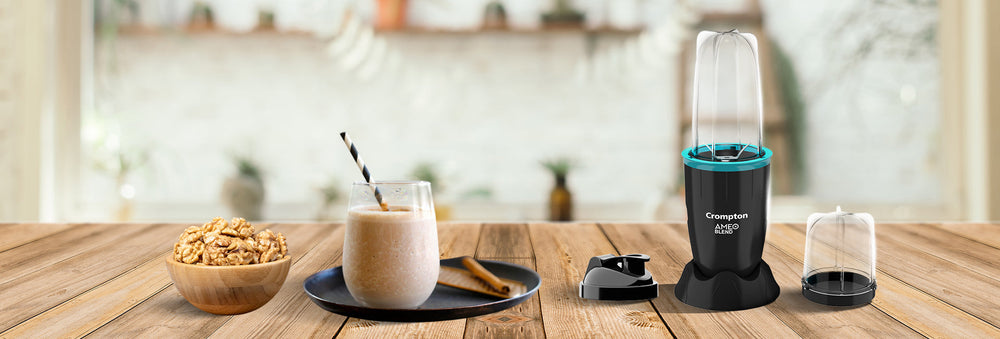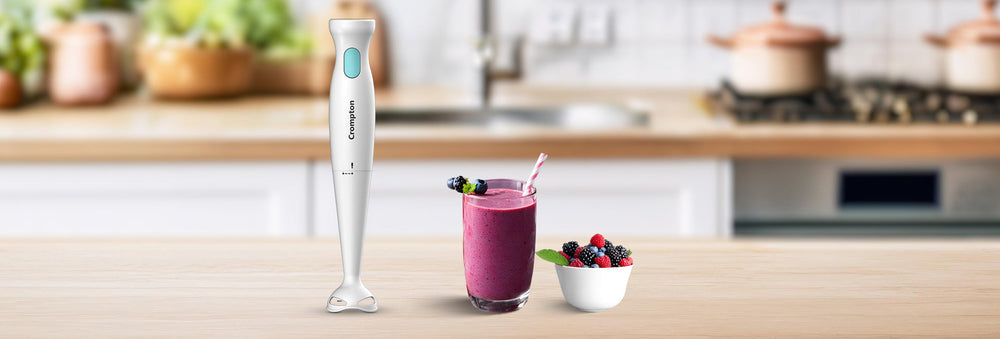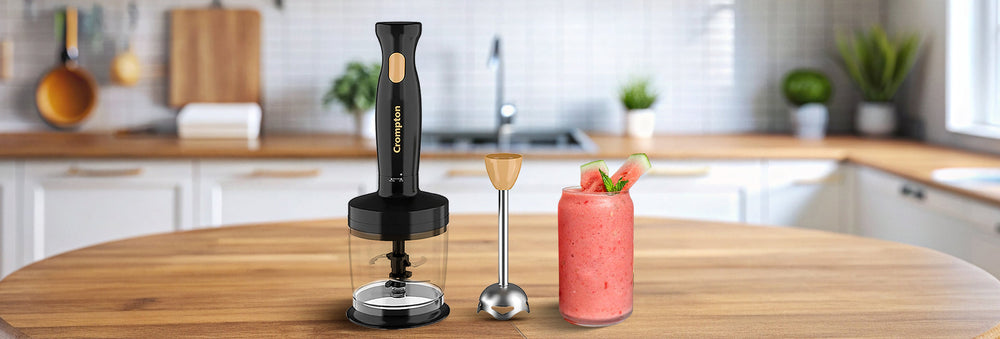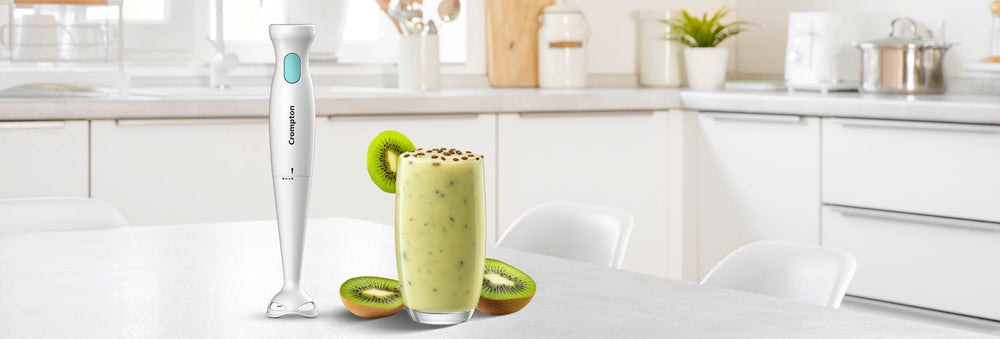A Comprehensive Guide To Electric Kettle Power Consumption


Have you ever wondered how much power your electric kettle consumes and how you can save on your electricity bills? With a deep knowledge of electric kettle power consumption, you’ll know how it impacts your energy usage.
By understanding the power dynamics of kettle power consumption, you’ll not only enjoy your favourite hot beverages but also ensure that you’re using energy wisely and contributing to a greener environment. So, let’s dive in and explore the electrifying world of electric kettles.
Wattage Range of Electric Kettles
While electric kettles generally operate around 1500 watts, there are variations in wattage to cater to different needs and preferences. Crompton offers a range of electric kettles with varying wattages, ensuring that kettle electricity consumption is optimised for each model.
For instance, the Crompton ActivHot Electric Kettle operates at 1500 watt and Crompton DeluxeHot Electric Kettle has a higher electric kettle power consumption of 2000, providing faster and effective boiling while. By understanding the wattage range of electric kettles, you can make an informed decision when selecting the perfect kettle for your needs.
Terms Related to Kettle Power Consumption
1. Wattage
Wattage refers to the power consumption of an electric kettle, measured in watts. It indicates the rate at which energy is used by the appliance. Higher wattage means the kettle will heat water faster, but it will also consume more energy.
2. Units per day
Units per day are a measure of the total electricity consumed by an appliance in a day. It is calculated by multiplying the wattage of the kettle by the hours of usage and dividing by 1000 to convert watts to kilowatts. This number will give you the kilowatt-hours (kWh) consumed per day.
3. Cost per unit
Cost per unit refers to the price you pay for each kilowatt-hour (kWh) of electricity consumed. This rate varies depending on your location and electricity provider.
4. Hours of usage
Hours of usage is the total time an electric kettle is in operation. To calculate the daily electricity consumption, you need to know how many hours the kettle is used each day.
Calculating the Power Consumption of an Electric Kettle in Watts
To determine the electric kettle’s electricity consumption in watts, you’ll need to know its wattage and the duration of usage. Here’s a step-by-step guide to calculate the power consumption:
- Identify the wattage of your electric kettle. This information can usually be found on the product label or in the user manual.
- Estimate the duration of usage in hours. For example, if you use your kettle for 30 minutes per day, the duration of usage would be 0.5 hours.
- Multiply the wattage by the duration of usage to calculate the power consumption in watt-hours (Wh). For instance, if you want to know the 1500-watt electric kettle consumption and you use it for 0.5 hours, the power consumption would be 750 Wh (1500 watts × 0.5 hours).
Knowing the power consumption of your electric kettle can help you make informed decisions about its usage and efficiency.
Power Consumption of a 1500-watt Electric Kettle
A 1500-watt electric kettle is a popular choice for quick and efficient boiling. Understanding its power consumption is crucial for managing energy usage and making informed decisions. The power consumption depends on the kettle’s wattage and usage duration. For a 1500-watt kettle used for 30 minutes (0.5 hours), the consumption would be 750 watts/hour (1500 watts × 0.5 hours).
To convert to kilowatt-hours (kWh), divide by 1000, resulting in 0.75 kWh. By knowing the power consumption of your 1500-watt electric kettle, you can optimise its usage and make eco-friendly choices for your home and wallet.
Tips to Reduce Electric Kettle Power Consumption
- Choose the right electric kettle: Selecting an energy-efficient model with features like automatic shut-off and temperature control can help reduce power consumption. Learn how to choose the right electric kettle here.
- Optimal usage: Use your kettle for various tasks, such as cooking, making hot beverages, or even sterilising utensils. Discover different ways to use an electric kettle to maximise its potential and save energy.
- Fill only what you need: Boiling more water than necessary wastes energy. Fill the kettle with the exact amount of water required for your task to minimise power consumption.
- Regular cleaning and maintenance: A clean kettle operates more efficiently. Limescale buildup can reduce its performance and increase energy usage. Learn how to clean an electric kettle to maintain its efficiency.
- Preheat water: If you have leftover hot water from another task, use it to preheat the kettle, reducing the time and energy needed for boiling.
By following these tips, you can reduce electric kettle power consumption and contribute to a more energy-efficient and eco-friendly lifestyle.
Crompton’s Electric Kettles
Crompton’s electric kettles provide an excellent combination of efficiency, safety, and convenience for your brewing needs. With capacities ranging from 1.0 to 1.7 litres, these kettles feature a durable stainless steel body, auto shut-off, 360-degree swivel base, dry boil protection, and a power indicator.
One of our popular models, the Activhot Hot Water Electric Kettle with 1.5 litres is a testament to Crompton’s commitment to quality and performance. By choosing a Crompton electric kettle, you can enjoy quick and efficient boiling while benefiting from the brand’s dedication to safety and energy efficiency, making it an ideal addition to your kitchen appliances
FAQs
1. How much electricity does a kettle use per hour?
A kettle’s electricity usage per hour depends on its wattage; a 1500W kettle consumes 1500Wh per hour.
2. How long does it take to boil 1 litre of water in a kettle?
Boiling 1L of water in a kettle typically takes 3-4 minutes, depending on the kettle’s power.
3. Is an electric kettle cheaper than gas?
Electric kettles are generally more energy-efficient and cost-effective than gas kettles.

 Read Previous Blog
Read Previous Blog



 at 9228880505 or write to us at
at 9228880505 or write to us at 